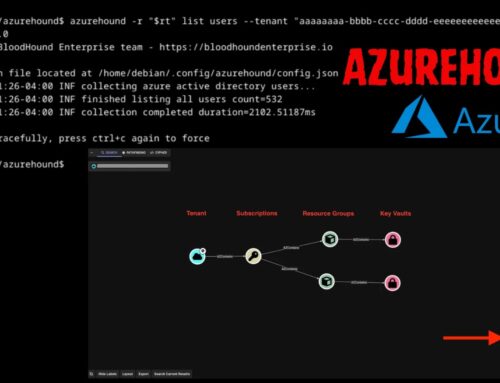
Threat Actors Mimic Popular Brands to Deceive Users and Deploy Malware in New Wave of Attacks
The Deceptive Disguise: When Brands Become Weapons in Smishing Attacks
In the relentless cat-and-mouse game of cybersecurity, threat actors are continuously refining their tactics, and a new wave of attacks highlights a particularly insidious evolution: brand impersonation within SMS phishing (smishing) campaigns. These sophisticated operations leverage trusted brand names not just to trick users, but to intricately manipulate URL structures, effectively bypassing both human skepticism and automated security filters. As cybersecurity analysts, understanding these evolving social engineering methodologies is paramount to safeguarding digital ecosystems.
Anatomy of a Brand Impersonation Campaign
The core of this emerging threat lies in its innovative approach to smishing. Cybercriminals are no longer simply sending generic malicious links. Instead, they meticulously craft URLs that appear legitimate by embedding popular and recognized brand names directly within them. This technique exploits our inherent trust in familiar logos and service providers, making it difficult for even vigilant users to discern a fraudulent message from a genuine one.
The attack methodology pivots on the strategic manipulation of URL components. While the precise technical details often vary between campaigns, the general principle involves masking the true malicious domain through carefully constructed subdomains or path components that mimic the legitimate brand. For instance, a user might receive an SMS appearing to be from a well-known shipping company, with a link like payments.trustedbrand.account-update.badactor.com. The presence of “trustedbrand” within the URL path or as a subdomain lends an air of authenticity, even if the primary domain (badactor.com) is malicious.
Upon clicking these deceptive links, users are often redirected to phishing pages designed to steal credentials or, more critically, to sites that initiate the download of malware. This malware can range from infostealers to remote access Trojans (RATs), giving attackers a foothold within the victim’s device or network.
The Evolving Threat Landscape of Social Engineering
This campaign underscores a critical shift in social engineering tactics. Attackers are moving beyond blunt force phishing attempts, favoring a nuanced approach that exploits cognitive biases and leverages established brand trust. The integration of brand names directly into malicious URLs represents a significant step up in sophistication, making detection harder for both human users and traditional security mechanisms that might rely on simple blacklisting of known bad domains.
The success of these smishing attacks also highlights the pervasive nature of SMS as a communication channel. Despite increasing awareness about digital threats, the immediate and personal nature of text messages often lowers a user’s guard compared to email, making smishing a highly effective vector for initial compromise.
Remediation Actions and Proactive Defenses
Combating these brand impersonation smishing attacks requires a multi-layered defense strategy encompassing technical controls, user education, and rapid incident response.
- Enhanced Email and SMS Filtering: Organizations should deploy advanced email and SMS filtering solutions capable of deep URL analysis, going beyond simple domain reputation checks to scrutinize the full URL structure for deceptive brand usage within subdomains or paths.
- User Awareness Training: Continuous and up-to-date security awareness training is crucial. Employees and users must be educated on the latest social engineering tactics, specifically focusing on URL scrutiny. Emphasize examining the base domain of any link before clicking, regardless of what appears in other parts of the URL.
- Multi-Factor Authentication (MFA): Implement and enforce MFA across all critical accounts. Even if credentials are compromised via a phishing site, MFA acts as a vital secondary defense barrier.
- Endpoint Detection and Response (EDR): Deploy EDR solutions on all endpoints to detect and respond to malicious activities post-compromise, such as malware execution or unusual network connections initiated from a compromised device.
- Regular Security Audits: Conduct frequent security audits and penetration testing to identify potential vulnerabilities in existing security controls and user behaviors.
- Report Suspicious Messages: Encourage users to report any suspicious SMS messages or emails. This intelligence is invaluable for security teams to identify emerging threats and update defenses.
Conclusion: Stay Vigilant, Stay Secure
The sophisticated brand impersonation smishing campaign represents a formidable challenge in the ongoing battle against cybercrime. By weaponizing trusted brand identities and manipulating URL structures, threat actors are effectively bypassing conventional defenses. As cybersecurity professionals, our role is to continually adapt, employing robust technical countermeasures, fostering a security-aware culture through continuous education, and emphasizing critical thinking when interacting with digital communications. Vigilance, education, and proactive defense remain our strongest allies against these evolving threats.





